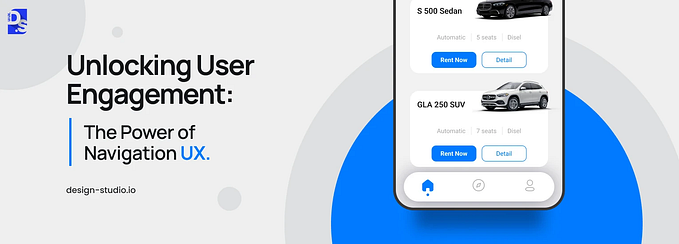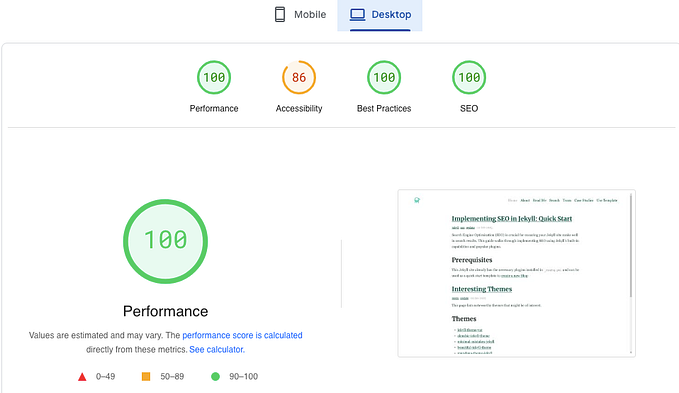How Often Should You Redesign Your Website

Every two to three years. That’s the recommended ‘best practice’ for businesses. That’s the answer you’ll find when you Google this question — that businesses should redesign their websites every two to three years.
But, is this two-to-three-year figure based on any evidence?
Or is it based on “anecdotal evidence”?
We are afraid to say that it is the latter.
While there are numerous, proven benefits of routinely getting your website redesigned — there’s little-to-no evidence backing up that two-to-three-year figure. In fact, many successful websites have not been redesigned for 5 or more years. These websites prove that robotically updating a website’s design every two to three years won’t give it any magical, super-capabilities.
The Sign That Your Website Needs a Redesign
So, when and how often should you redesign your website? The real answer is whenever and however often your website needs a redesign. In other words, whenever your website shows clear signs of failing, you should have it redesigned. That can happen 4 months or 4 years after your last redesign. Let us go through these signs in detail.
Sign 1. High Bounce Rates
Bounce rate is the percentage of single-page sessions wherein users do not engage further with the site. High bounce rates are a clear sign that visitors leave a website shortly after arriving. They hardly interact with any content or take any desired action. Such behavior means users find the site’s design unappealing, confusing, or irrelevant to their needs.
Prevalence of High Bounce Rates
High bounce rates are a common challenge faced by many websites, particularly those suffering from poor navigation, slow loading times, or outdated designs.
Research indicates that the average bounce rate across various industries ranges from 41% to 51%. Rates exceeding 70% are considered alarming.
Such elevated bounce rates suggest that visitors are simply not finding what they seek on the site. They can crush the site’s user experience score on Google and its search engine rankings.
Identifying Bounce Rate Issues
To effectively identify high bounce rates, website owners must routinely use analytics tools like Google Analytics and monitor metrics such as session duration and bounce rates. Heatmap tools like Hotjar or Crazy Egg can also reveal where users click off, where they lose interest, and how often.
The Role of Redesign in Addressing Bounce Rates
If your website has had an abnormally high bounce rate for over two months, seriously consider getting a redesign. Key redesign strategies to mitigate high bounce include:
- Simplifying navigation to help users find relevant on-site information as soon as they land
- Enhancing the site’s visual appeal to draw users in and encourage exploration
- Optimizing load times for all web pages
- Creating relevant content to keep visitors engaged longer
Implementing these changes can lead to:
- Lower bounce rates typically
- Longer session durations
- More page views per visit
- Higher user satisfaction levels
- Higher conversion rates as engaged users are more likely to complete desired actions
Sign 2. Abnormally Low Conversion Rates
Seasonal fluctuations in conversion rates are common for most websites across industries. Many business sites’ conversion rates dip during specific times of the year, such as after the holiday shopping season or during off-peak seasons.
While seasonal dips are normal, there are specific circumstances under which businesses should be concerned about their conversion rates. If conversion rates fall significantly outside of expected seasonal patterns, it may signal underlying problems like poor user experience, or ineffective onboarding strategies. If low conversion rates persist beyond typical seasonal expectations, it could indicate that users are dissatisfied with the website or that competitors are outperforming.
Identifying Abnormally Low Conversion Rates
Businesses should compare current conversion rates to historical data from previous years to determine if the dip aligns with past trends or represents a new challenge. Businesses should monitor this metric at least monthly.
Use platforms like Google Analytics to set up conversion tracking and routinely identify where users drop off in the conversion funnel. Regularly compare current performance against historical data to identify anomalies. Go for A/B testing of different elements on the site to assess their impact on conversion rates.
The Role of Redesign in Enhancing Conversion Rates
A website redesign can address low conversion rates by:
- Simplifying navigation.
- Making CTAs more prominent, strategically placed, and visually distinct.
- Simplifying forms to decrease friction during the conversion process.
- Adding more customer reviews and return policies on conversion pages to build user confidence.
By maintaining a proactive approach to monitoring conversion rates, businesses can be better prepared to address unexpected declines via strategic redesigns.
Sign 3. Poor Mobile Experiences
Is your website not optimized for mobile devices? Is it failing Google’s mobile-friendly test?
Then, you should drop everything and get a redesign — ASAP.
Over 61.5% of global internet traffic comes from mobile devices in 2025 and there’s no reason for your site to not be optimized for this traffic. Ask your redesign team to redesign the site with mobile users in mind. Tell them to give your site a touch-friendly interface and optimize all on-site media for smaller screens.
Sign 4. Outdated Design and Messaging
Does your website feature design elements that are no longer in vogue? Is it using obsolete technologies? Or does it feature messaging that does not resonate with your current brand value or audience?
If the answer is yes to any of these questions — it is time for a web design refresh. If you are struggling to answer these questions, compare your website’s design with close competitors or industry leaders to see if there are major discrepancies in design quality or messaging relevance. Conduct surveys or create focus groups to learn users’ perceptions of the site’s appearance, content, and relevance. High bounce rates or low session durations can also indicate that your site’s design is losing relevance.
A redesign modernizes your website’s look and feel. It aligns its design with current branding and messaging strategies. A redesign team updates graphics, layouts, and color schemes to reflect contemporary design trends. The team revises the content to boost clarity, relevance, and alignment with current brand values. It removes all broken links and broken page elements while optimizing the site for mobile users.
Sign 5. Difficulties in Updating or Maintaining the Website
Do simple content changes on your site require specialized IT expertise? Is the website’s content management system (CMS) becoming too hard to update? Does adding new features or pages to the site lead to frequent delays?
These are all signs that your website is built on an outdated platform or with custom, hard-to-edit code. These issues can destroy your brand’s ability to respond swiftly to market changes, promotional opportunities, or user feedback.
Evaluate how often your team members struggle to make content changes. If updates consistently require developer intervention, get a redesign to boost the site’s maintainability. Your redesign team might take steps like migrating the site to a user-friendly CMS like WordPress, Wix, or Squarespace or empowering your non-technical staff by making it easier for them to add features to the site.
Instead of creating a fixed schedule to redesign your website, stay alert to these signs. To do so, we recommend following this alternative schedule:



Conclusion
A website redesign should never be based on an arbitrary two-to-three-year rule. Instead, businesses should focus on data-driven indicators such as high bounce rates, low conversion rates, poor mobile experiences, outdated design, and maintenance challenges. By regularly assessing key performance metrics and user engagement, businesses can determine the right time for a redesign. A proactive, strategic approach ensures websites remain functional, relevant, and aligned with evolving user needs and industry trends.
Sign up for reliable website redesigning services that are available on demand. Contact the redesign team anytime you notice major signs of distress in your website’s design or performance.









